I bet there are times when people are forced to make a choice about whether to visit Paris or London. Usually there just isn’t enough time in their holiday schedule to visit both. So, the decision is made to maximize their stay in one or the other city. But which one to choose?
In 2013, I wrote back-to-back blogs on why I like (or dislike) London and Paris. Each blog made the case for a respective city. Here we are in the dog days of summer, and everyone is traveling to Europe when the majority of Europeans are on holiday. What better time to combine those prior blogs and reprint my arguments for visiting each city.
 France Today has invited you to view the video of my 6 June 2024 presentation, DOUBLE CROSS.
France Today has invited you to view the video of my 6 June 2024 presentation, DOUBLE CROSS.
It is the story of the successful deception by Allied double agents to fool Hitler into thinking the Normandy invasion was a diversion with the real invasion taking place elsewhere.
HOW TO VIEW THE FREE VIDEO
Members:
Click here to view.
Non-members:
Click here to view.
(viewing this video is free for 30-days)
FranceMedia Group publishes magazines, both in print and digitally, that cover various aspects of France. Their brands include France Today, Complete France, Bonjour Paris, French Entrée, Taste of France, France PropertyShop, and French Property.
Click here to visit the FranceMedia Group web-site.
Did You Know?
Did you know that dogs have been our friends for more than 12,000 years? They hunt with us, protect us, and despite how bad our day has been, they still love us. Dogs were the first domesticated animal and by medieval times, they were embedded in our homes (and castles). Think about the medieval tapestries you’ve seen in museums. There is always a loyal dog in the picture.
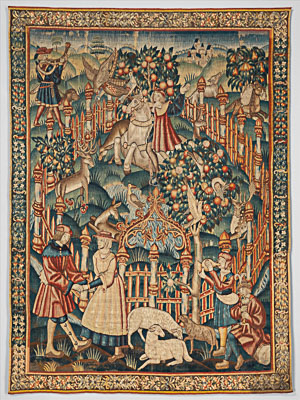
In the tapestries and paintings with dogs, we typically know the names of the human subjects but how often do we know the dog’s name? Did the dogs even have names back then? You bet they did according to a 15th-century manuscript titled, “The Names of All Manner of Hounds.” The author lists 1,065 names given to medieval dogs and you’ll see they are quite ingenious.
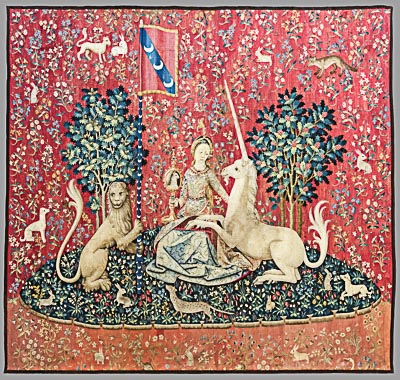
| Goodynowze and Nosewise |
Not hard to figure out which dogs earned these names. Our beagle, Stella, would be a candidate for these names. |
| Fynder and Fyndewell | Again, not too hard to imagine the dogs with this trait. |
| Swifte | No, not for Taylor Swift. It’s for an agile canine. Maybe a “Swiftie”? |
| Wellyfedde and Plodder | Some of you may have a “Plodder” lying around and perhaps it’s not a dog. |
| Letego | A dog that likes to play tug-of-war. |
| Brayneles, Careles, and Helpeles | Dogs that aren’t the sharpest tool in the shed. |
| Filthe, Synfull, and Dredefull | Owners must not have had a high opinion of their dogs. |
| Mery, Happy, and Chereful | The opposite of the last category. |
| Belle and Ranger | The only two medieval dog names that appear on modern lists of popular dog names. |
| Pooch |
The name of my father’s dog when he was growing up in the 1930s. That qualifies as “medieval” doesn’t it? |

Personal Likes and Dislikes
Deciding which city is better really boils down to your personal likes and dislikes. Each city has distinctive differences such as language, culture, fashion, and food just to name a few. However, they do share many similarities. Paris and London are very old cities and over the centuries have been allies as well as enemies. Each were the capital city and seat of the monarchy of their respective country.
Sandy and I travel for history. I recognize that many people have no interest in history and so what interests us will not interest them. But perhaps someone visiting Paris is interested in food or maybe fashion or shopping. If so, Paris would have to be at the top of the list. Maybe a person is interested in castles and museums. Then London would be a good place to start.
Suffice to say, both cities have something for everyone.
Why I Like London Better Than Paris
What I have come to find out about London in talking with so many people who have visited the city is that there is no grey area. In other words, you either love London or you don’t. Appreciation of history seems to be the common thread for those who enjoy London and visit more than once. Those who like and study history, in particular British and European history, tend to really enjoy London.
London is really two cities within one. The one-mile-square City of London comprises what was known as the original Roman city called Londinium. Even today, the King must ask permission to enter the City of London. Hmmm . . . I wonder if a monarch has ever been refused entrance. Good topic to research on a rainy day.
We really like the pubs of London (who doesn’t?). Don’t worry, you can get your beer cold. Also, the pub food really has gotten a lot better than in the past. I generally drink beer while in Europe whereas I don’t in the United States. My friends in the brewing industry tell me beer in America is pasteurized while outside the United States it is not and that may be the reason why I think beer tastes so much better overseas. The best part of visiting the pubs is making new friends. People in England, Scotland, and Ireland are very friendly and willing to strike up a conversation with a Yank tourist. Not so much in Paris unfortunately.
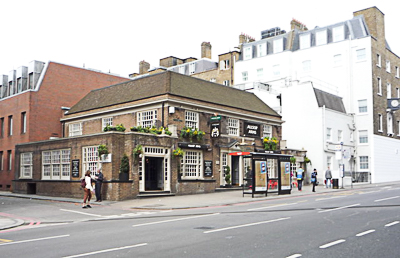
London is no longer an English city. It’s really an international city. Now, before all of our friends in Britain pounce on me for saying this, we hear that comment quite a bit when we visit the island. I can’t tell you how many people we’ve met in Bath who moved from London and relocated because they wanted to live in an “English” city. Paris is still French, and the government is very protective about keeping it that way (e.g., not allowing English or other languages to be used for translation purposes).
Another small difference between the two cities is a historical one. London shed its medieval cloak after the 1666 fire and today, there is no evidence of the medieval city other than perhaps the Tower of London and Westminster Abbey. Paris on the other hand, transitioned to the “modern” city during the mid-nineteenth century when Napoléon III and Baron Haussmann transformed Paris by eliminating the city’s medieval footprint. However, there are medieval structures left in the city that can be visited. Get away from the grand boulevards and you will quickly find yourself walking narrow streets that haven’t changed much since the Middle Ages.
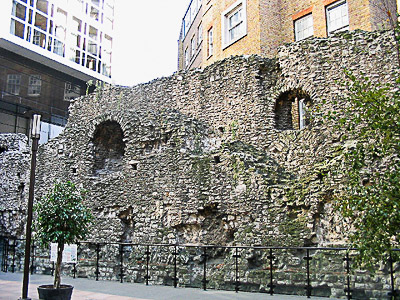
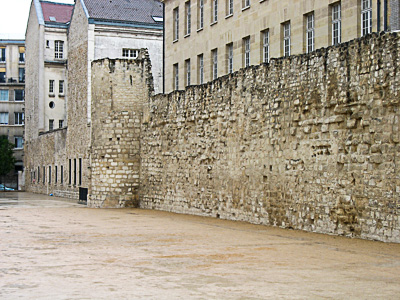
In closing, I tend to look at London as a city of museums. For the World War II or military experience, plan on visiting The Imperial War Museum, Churchill War Rooms, Royal Airforce Museum, and the HMS Belfast. Museums dedicated to individual people include Florence Nightingale, Jack the Ripper, and Sherlock Holmes. Cultural museums are plentiful. They include The British Museum, Museum of Natural History, Clink Prison Museum, The National Gallery, The National Portrait Gallery, Victoria and Albert Museum, and Tate Modern. Historical “museums” not to be missed are the Tower of London and Westminster Abbey. After you visit the Tower of London, get a guide to take you on a tour of the old Roman Londinium.
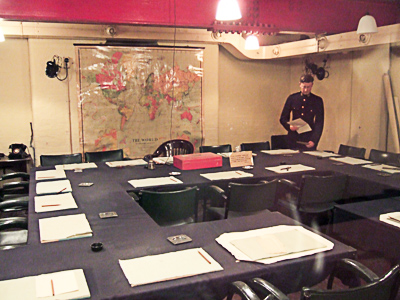
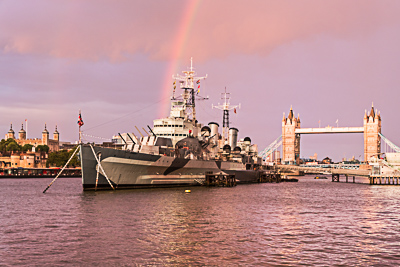
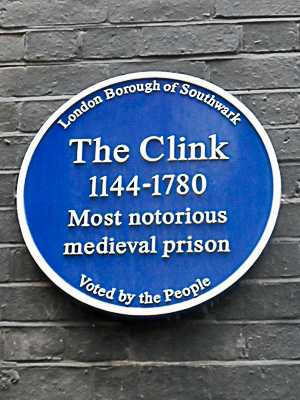
Why I Like Paris Better Than London
As a child growing up in Europe during the 1960s, London was my favorite city. However, since beginning writing the series of walking tour books, Paris is the place I enjoy hanging out. Although we don’t speak French, that has never been a problem for us in Paris (and no, we don’t stay in the “tourist” areas of the city).
One of the critical factors I look at when choosing a hotel is the proximity to city transportation. In Paris and London, this would be the subway systems. We find it easier to get around in Paris because the Métro stations are much closer together than the Underground stations in London. Both are very dense systems with Paris stations numbering 244 while there are 272 London stations. Yet it seems we walk forever to get to our target site after exiting a London station compared to relatively short walks in Paris.
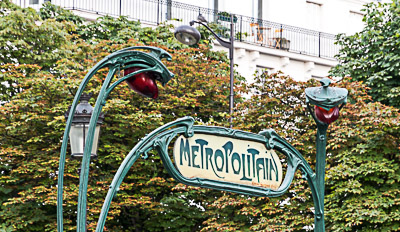
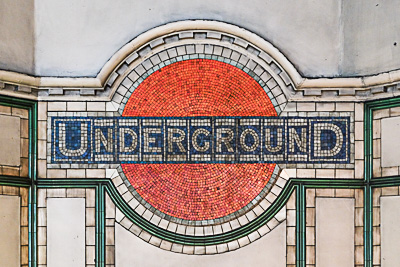
As I previously mentioned, Paris is still uniquely French. Like New York City and London, the city has its distinctive neighborhoods. Even though Paris is “defined” by its twenty arrondissements (“districts”), each arrondissement has different neighborhoods. Three good examples are the Marais on right-bank spanning the third and fourth arrondissements, Pigalle situated between the nineth and eighteenth arrondissements, and Temple in the third.
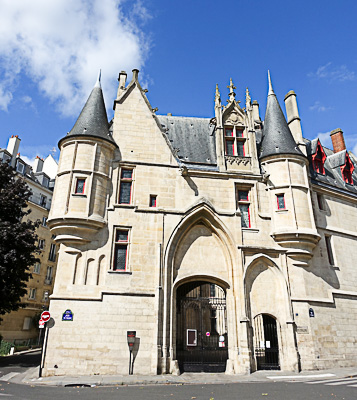
We’re not big shoppers but if we were, Paris would be the city for us. Paris department stores are destination spots. I can’t think of anything in the United States that comes close to matching the department stores in Paris. In London, I suppose the closet would be Harrods. The outdoor food markets are easy to find and fun to visit if you’re a foodie. And speaking of food, Paris has every type of ethnic food imaginable. After a couple of nights eating in the bistros, we head out in search for Vietnamese, Japanese, Chinese, Indian, and other ethnic restaurants. London has made tremendous strides with respect to its range of ethnic eating places. One of our favorite Indian and Chinese restaurants is within walking distance of our last hotel, the Dorset Square Hotel.
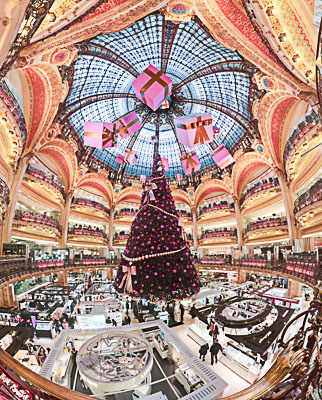
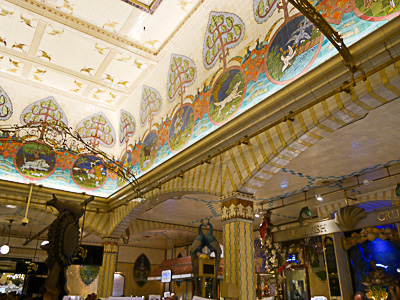
While I think of London as a city of museums, I think of Paris as much more. Yes, it has the world-class museums (e.g., Louvre, d’Orsay, and Carnavalet) but it has historical buildings from the Middle Ages (not just the churches) and ancien régime. You can visit buildings that were significant during the French Revolution. How about an actual Roman amphitheater located smack dab in the middle of a neighborhood? The equivalent to London’s Westminster Abbey is the Basilique-cathédrale de Saint-Denis with its repository and crypt of French kings, queens, and nobility.
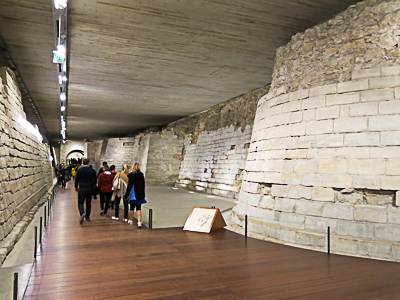
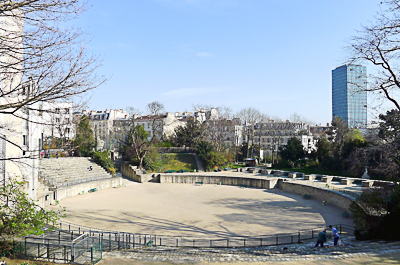
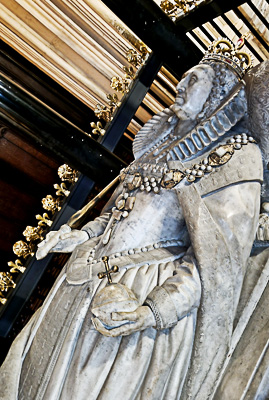
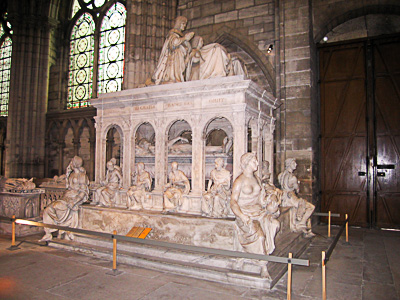
Between five and six in the early evening, we always stop at one of the outside bistro seating areas for a beer. It makes for great people watching. While London’s pubs have outdoors areas, it seems Paris have a greater number of venues. The drawback as I mentioned is that the bistro customers aren’t as friendly (perhaps more reserved?) as the British pub clients.
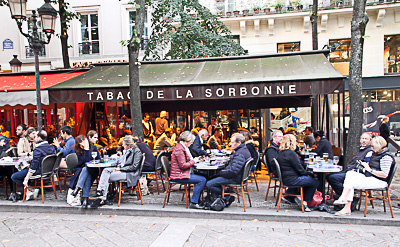
I always give advice to people, regardless of where they visit, to not overbook each day. Leave room in each day to explore. Many times, rather than making that planned right turn, you should turn left. You’ll be amazed at what you might find, and it often turns into one of the trip’s highlights. In Paris, remember to look down and up. Down because people don’t pick up after their dogs and up because there are a lot of interesting statues and other ornaments on buildings above the ground floor.
Conclusion
There is no conclusion other than make enough room in your holiday plans to visit both cities.
Personal Tour Guides
I’m going to throw my two-cents worth in about personal tour guides. We are big fans of hiring personal guides. Our long-time readers know this and are familiar with our “go-to” guide in Paris: Raphaëlle Crevet (raphaellecrevet@yahoo.fr). Frankly, the cost of a private guide is usually less than what one pays for a cruise excursion with forty of your best friends. The quality of the private tour is typically far superior to those group tours. (Full disclosure: we have had some real duds in the past but not many.) The nice thing about the private tour is that you can always find the “right” guide to cater to your interests.
If you are looking for a guide, let me know and maybe I can introduce you to someone. Please remember that we do not take compensation for introductions. Our motivation is to ensure you have a good experience.
Next Blog: “Rendezvous with the Gestapo”
Correspondence and Commentary Policy
We welcome everyone to contact us either directly or through the individual blogs. Sandy and I review every piece of correspondence before it is approved to be published on the blog site. Our policy is to accept and publish comments that do not project hate, political, religious stances, or an attempt to solicit business (yeah, believe it or not, we do get that kind of stuff). Like many bloggers, we receive quite a bit of what is considered “Spam.” Those e-mails are immediately rejected without discussion.
Our blogs are written to inform our readers about history. We want to ensure discussions are kept within the boundary of historical facts and context without personal bias or prejudice.
We average about one e-mail every two days from our readers. We appreciate all communication because in many cases, it has led to friendships around the world.
★ Read and Learn More About Today’s Topic ★
Paris
DeJean, Joan. How Paris Became Paris: The Invention of the Modern City. New York: Bloomsbury, 2014.
Hazen, Eric. Translated by David Fernbach. The Invention of Paris: A History in Footsteps. London: Verso, 2011.
McCullough, David. The Greater Journey: Americans in Paris. New York: Simon & Schuster, 2011.
Pitt, Leonard. Walks Through Lost Paris: A Journey into the Heart of Historic Paris. Berkeley: Counterpoint, 2006.
Ross, Stew. Where Did They Put the Guillotine? Versailles to the Faubourgs: 1789−1794, Volume One. Nashville: Yooper Publications, 2014.
Ross, Stew. Where Did They Put the Guillotine? Marie Antoinette’s Last Ride: 1789−1794, Volume Two. Nashville: Yooper Publications, 2014.
Ross, Stew. Where Did They Burn the Last Grand Master of the Knights Templar? Jacques de Molay’s Curse: 987−1547, Volume One. Punta Gorda: Yooper Publications, 2016.
Ross, Stew. Where Did They Burn the Last Grand Master of the Knights Templar? The Royal Crypts: 987−1547, Volume Two. Punta Gorda: Yooper Publications, 2016.
Ross, Stew. Where Did They Put the Gestapo Headquarters? The False War & Vichy: 1940−1944, Volume One. Punta Gorda: Yooper Publications, 2021.
Tindall, Gillian. Footprints in Paris: A few streets, a few lives. London: Chatto & Windus, 2009.
London
Ackroyd, Peter. London: The Biography. London: Vintage, 2001.
Jones, Nigel. Tower: An Epic History of the Tower of London. New York: St. Martin’s Press, 2012.
Knox, Paul. London: A History of 300 Years in 25 Buildings. New Haven: Yale University Press, 2024.
Long, David. Bizarre London: Discover the Capital’s Secrets & Surprises. London: Constable, 2013.
Olson, Lynne. Citizens of London: The Americans Who Stood with Britain in Its Darkest, Finest Hour. New York: Random House Trade Paperbacks, 2011.
Rutherfurd, Edward. London: The Novel. New York: Crown Publishers, 1997.
Santini, Sara and Andrea Di Filippo. Pretty Little London: A Seasonal Guide to the City’s Most Instagrammable Places. London: Frances Lincoln Publishers, 2021.
Disclaimer:
There may be a chance that after we publish this particular blog, the video links associated with the blog are no longer accessible. We have no control over this. Many times, whoever posts the video has done so without the consent of the video’s owner. In some cases, it is likely that the content is deemed unsuitable by YouTube. We apologize if you have tried to access the link and you don’t get the expected results. Same goes for internet links.
What’s New With Sandy and Stew?
Sandy and I are on holiday. I wish we were in Paris and London, but we are stateside this time visiting children and trying to pawn off some stuff on them. The trouble is, kids today don’t want great-grandma’s dinner plates or silverware.
Thank you to all of you who subscribe to our bi-weekly blogs. It seems there isn’t a day that goes by where we don’t increase our readership. Please let your history buff friends and family members know about our blog site and blogs.
Someone Is Commenting On Our Blogs
We enjoyed hearing from Lucy S. regarding her comments on our 2018 blog, Rendezvous with the Gestapo (click here to read the blog). She told us her great-uncle, 2nd Lt. Paul Herbert “Herbie” Bellamy was a B-17 pilot in the 569th Bomb Squadron (390th Bomb Group) flying out of RAF Framlingham, UK. Lucy saw one of the images in the blog that showed a formation of B-17s and recognized them from the 390th BG by the tail letter: “J”. On 26 August 1944, Bellamy’s B-17 (42-102936) crashed in a mid-air collision with B-17 42-97182 during formation. Bellamy and four other crew members were killed. Thanks, Lucy, for contacting us and I hope you don’t mind me doing a little research on your great-uncle (by the way, he was a Phi Gamma Delta at Nebraska, and I was a Fiji at University of Michigan ⏤ albeit separated by about thirty years).

https://www.americanairmuseum.com



If there is a topic you’d like to see a blog written about, please don’t hesitate to contact me. I love hearing from you so keep those comments coming.
Share This:
Follow Stew:
Find Stew’s books on Amazon and Apple Books.
Shepherd.com is like wandering the aisles of your favorite bookstore.
Do you enjoy reading? Do you have a hard time finding the right book in the genre you enjoy? Well, Ben at Shepherd.com has come up with an amazing way to find that book.
Shepherd highlights an author (like me) and one of their books. The author is required to review five books in the same genre. So, if a reader is interested say in cooking, they can drill down and find specific books about cooking that have been reviewed by authors in that category. Very simple.
If you like to read, I highly recommend you visit Shepherd.com. If you do, please let me know what you think and I will forward Ben any suggestions or comments you might have.
Click here to visit Shepherd’s website.
Click the books to visit Stew’s bookshelf on WWII.
Check out Stew’s bookshelf on the French Revolution.
Please note that we do not and will not take compensation from individuals or companies mentioned or promoted in the blogs.
 Walks Through History
Walks Through History
Copyright © 2024 Stew Ross

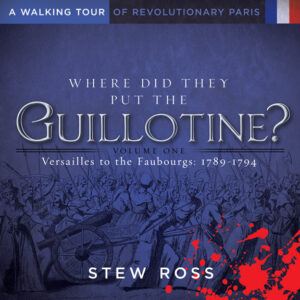
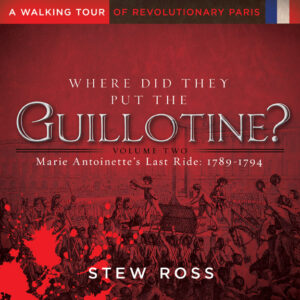

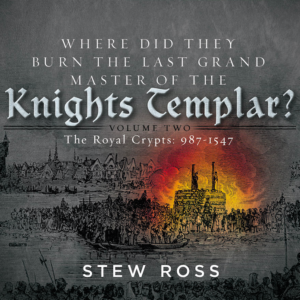
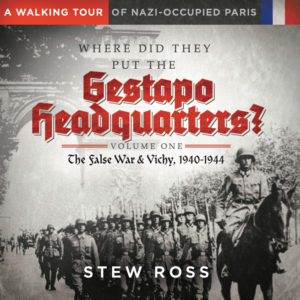

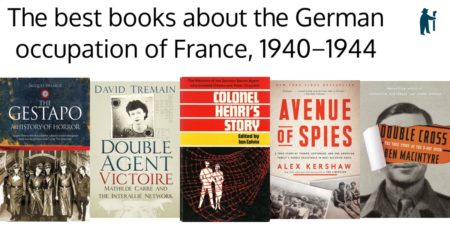
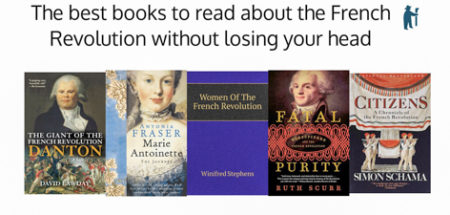
Enjoyed the Paris & London comparison; the ancient Roman architectural remains, especially. A nice tribute to Paul Bellamy and his B-17 crew as well. A tragic loss of both flying forts. Keep up the good work. Cheers…Greg
Thanks Greg for your comments (as always). Make sure you see this week’s reprint of our popular blog, “Rendezvous with the Gestapo.” I’ve added new content, thanks to your suggestions over the past several years. STEW